|
Chesterfield Gate, Queen Caroline's Bath,
Ranger's House, Macartney House,
Tumuli,
Reservoir Conduit, Herb Garden, Water Features, National Maritime Museum, Discover
Greenwich Visitor Centre
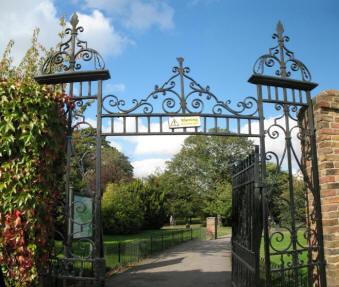
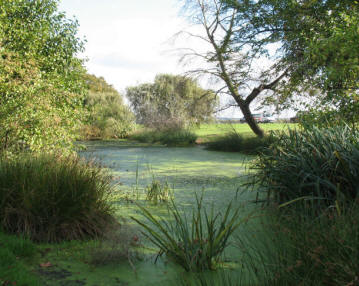
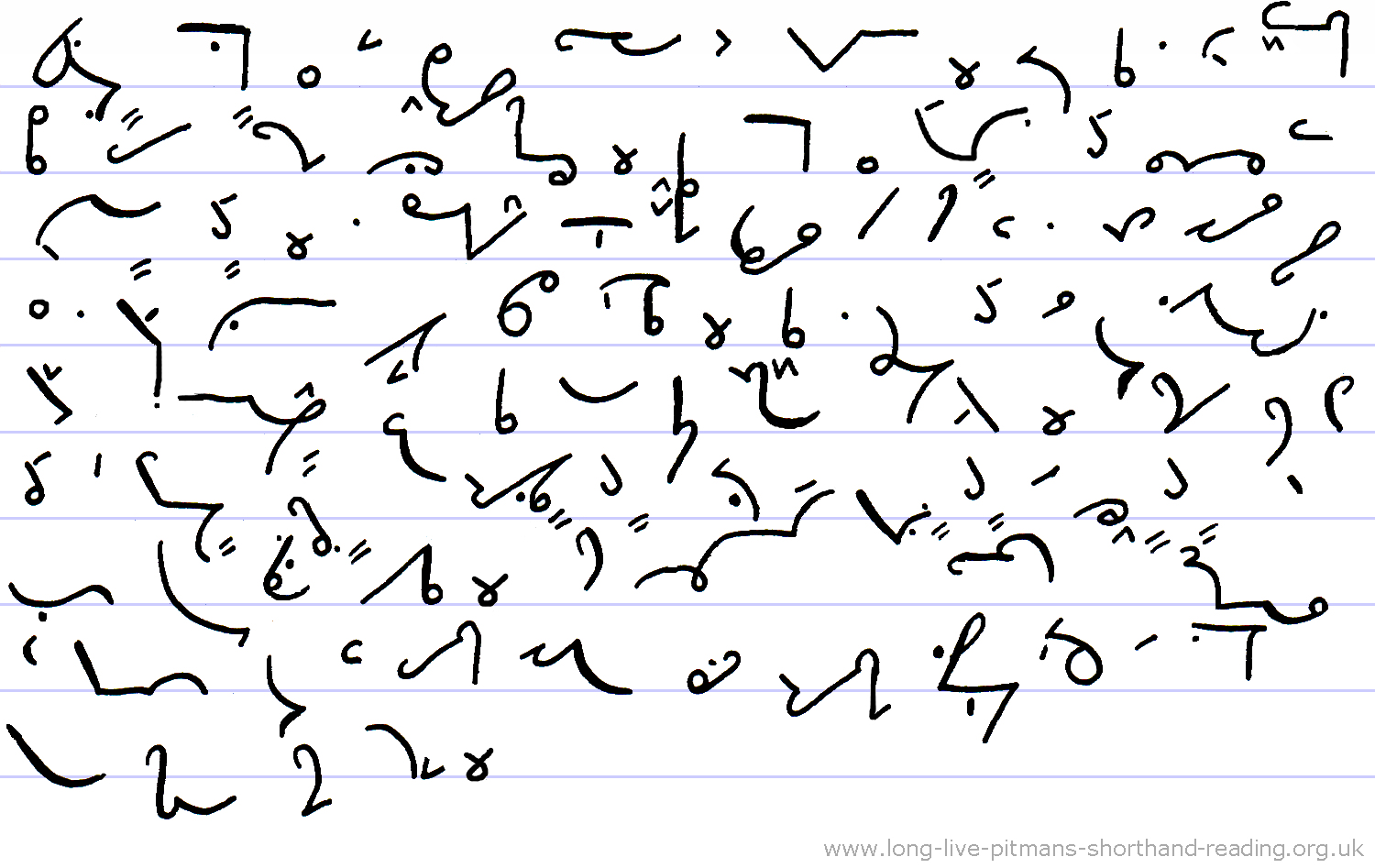
49. Chesterfield Gate is on the south-west corner
of the park. Here it is a lot quieter, as it is away from the main
attractions. Outside the gate is Folly Pond,
sometimes called Long Pond. A century ago this was much larger with
an island and was used as a boating lake, real as well as
models. It is a seasonal
pond and is filled artificially by the Council whenever it is in danger of drying
up. There are three other ponds on Blackheath, Prince of
Wales*
Pond, Hare and Billet Pond and Mounts Pond, all named after the
adjacent roads. They are most likely* gravel workings
that became filled with water, and would have served to water
the stagecoach horses and cattle being driven through the area.
* "Wales"
Distinguishing outline for this placename, the town "Wells" has the Wel stroke.
The nouns wells, wales (=weals, scars) have the Wel stroke as per normal theory.
* Omission phrase "mos(t) likely"
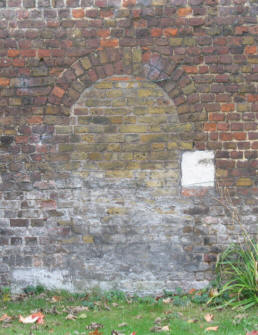
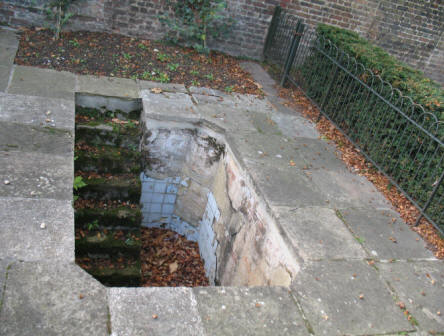
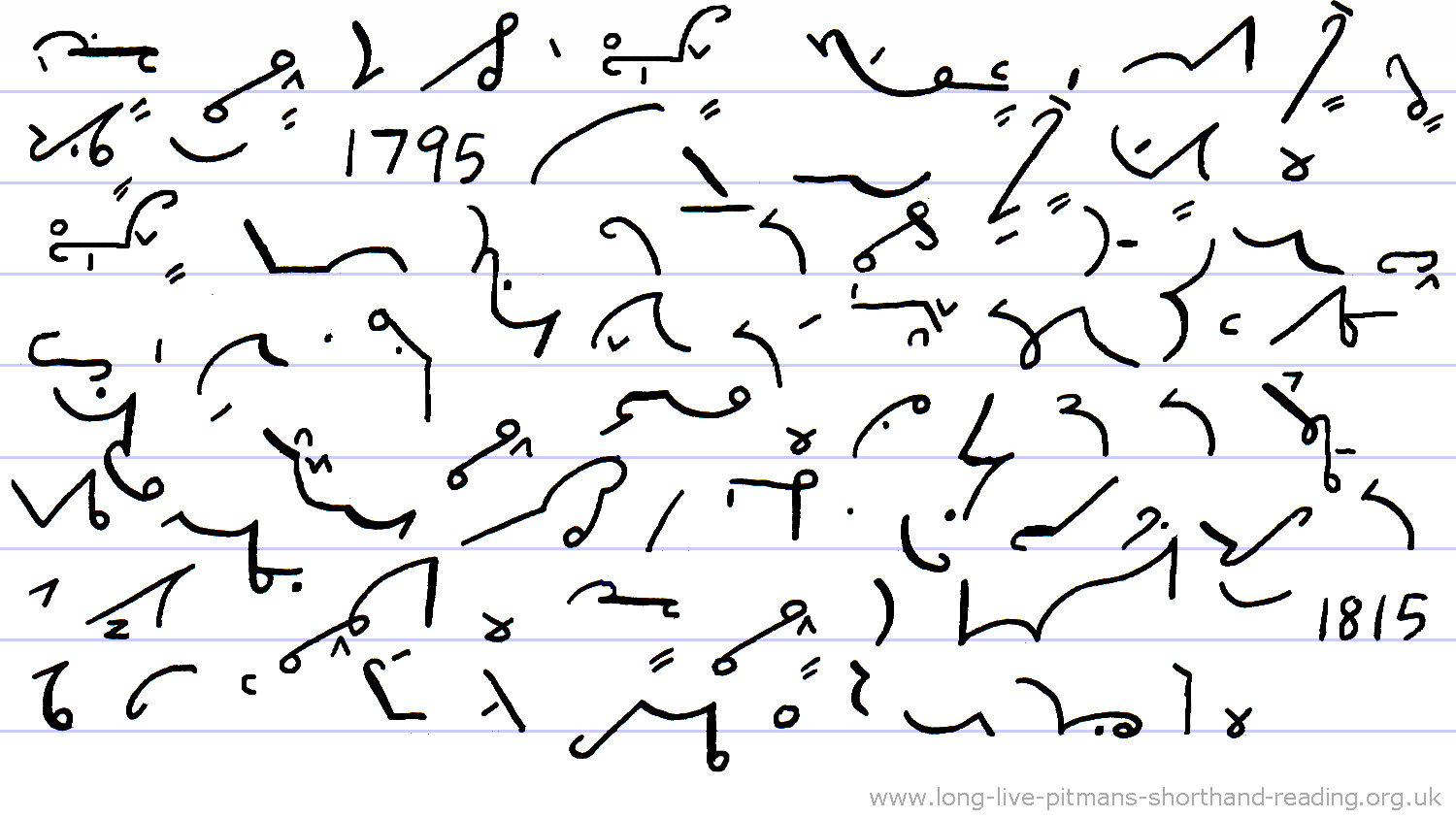
50. Montagu House was the residence of
Caroline of Brunswick who married George Prince of Wales*
in 1795, later to
become*
King George
IV.
Caroline became estranged from her husband and so she was never
crowned queen but lived a separate
life
here and occupied herself with artistic endeavours and beautifying
the house and
gardens.
Less genteel* were her boisterous parties and indiscreet
relationships which caused an even greater rift between her and the
royal household. Montagu House was demolished in 1815 and this wall
with blocked up windows is all that now remains of it.
* "Wales" See note on previous
para
* "to become" Based on the short
form phrase "to be"
* "genteel"
Insert the second vowel, so that it does not look like "gentle"
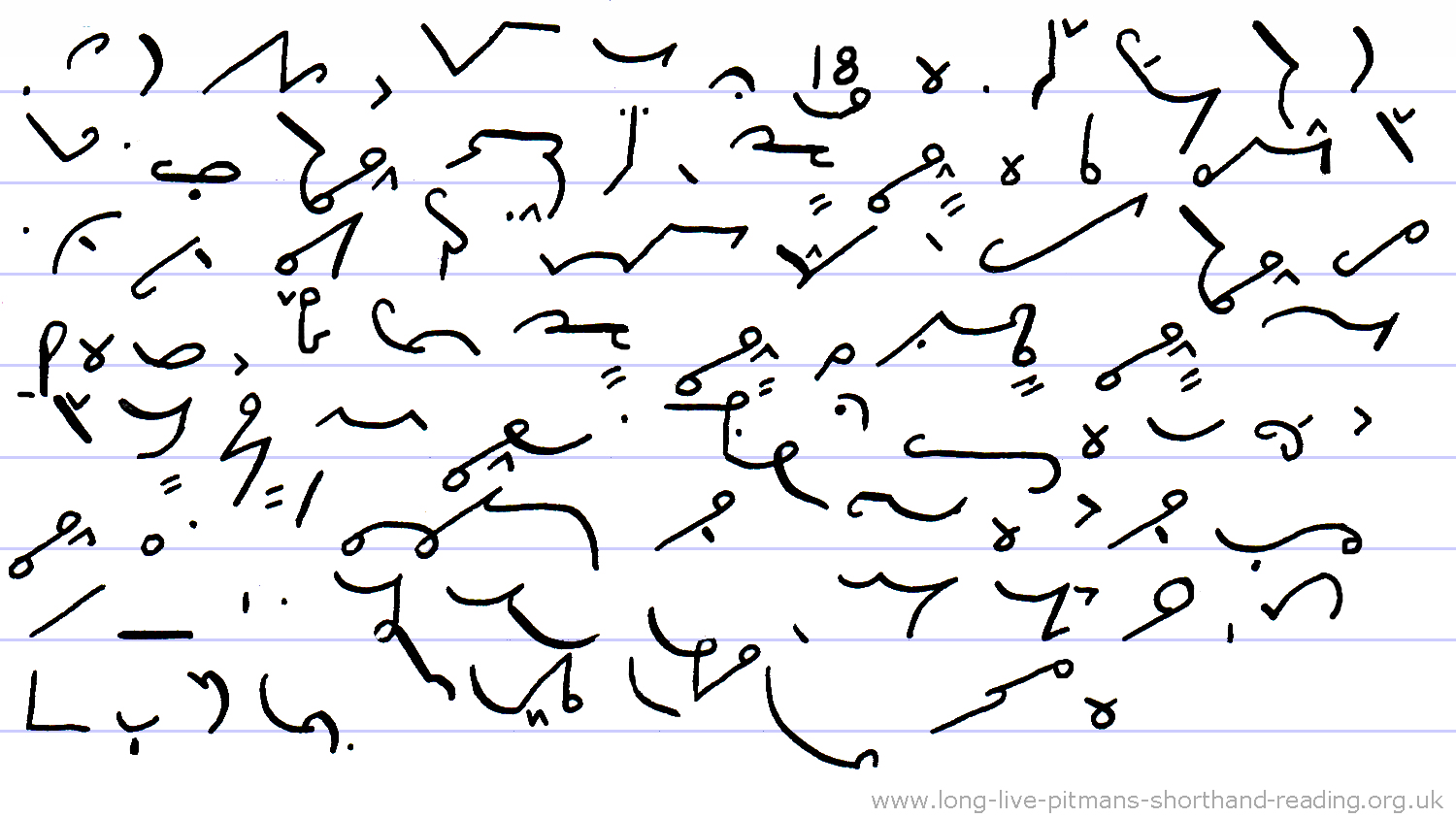
51. The land was
returned to the park in the mid 1800's. The tiled plunge bath was
part of a glazed bathhouse and greenhouse attached to Montagu
House. It is surrounded by a low yew hedge, planted to mark the
boundary of where the bathhouse once stood. Next to the site of the
former Montagu House is the Ranger's House, managed by English
Heritage and now housing an extensive art collection. In front of
the house is a large semi-circular rose garden. All the rose names
are given on a
noticeboard,
enabling visitors to not only enjoy the roses but also take note of
their favourite varieties for future reference.
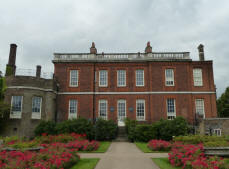

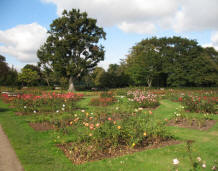
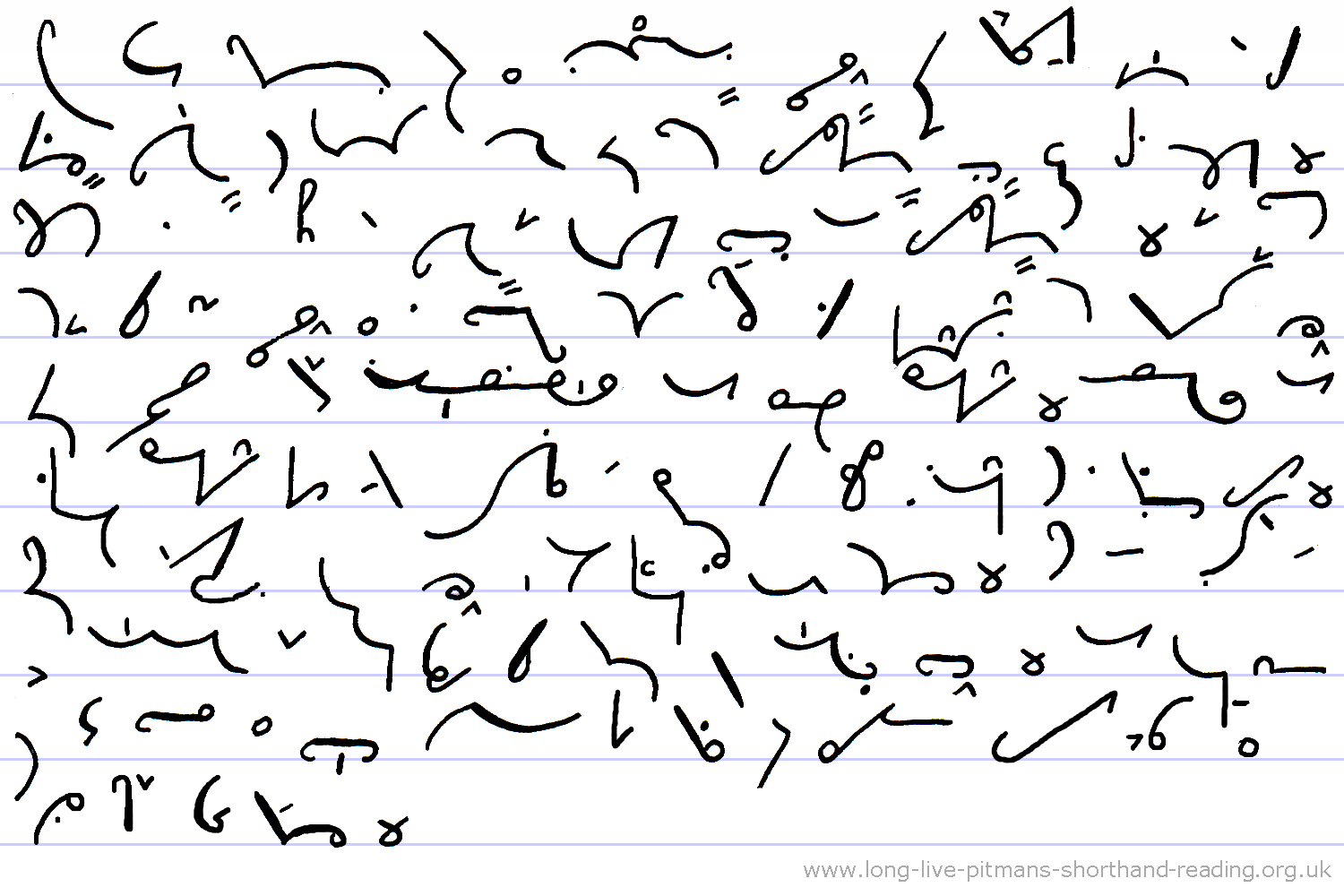
52. Further along the perimeter path is Macartney House,
which was the boyhood home of General James Wolfe, whose family
moved here from Westerham, Kent, when he was 10 years old*. There is
also a statue of Wolfe on the village green in Westerham. On the grassy area just beyond the house is a group
of early Bronze Age tumuli or burial* mounds, which were re-used by
the Anglo Saxons in the 6th century. Excavations in the 18th*
century turned up shields and spears, which suggests the community
was a pagan one. There were* originally
50 mounds but only 20 now
remain. They are quite shallow and to the uninformed eye this would
just appear to be uneven ground. In the photo you can see that the
grass has grown longer at the base of each circle, where the soil is
less dry than the bumps.
* "burial" Special outline with
upward L, to help distinguish it from "birth"
* "years old" This phrase is quicker than writing the normal outline
for "old" separately
* "18th" Essential to insert the
first vowel, so it is not misread as "tenth"
* Omission phrase "there (w)ere"
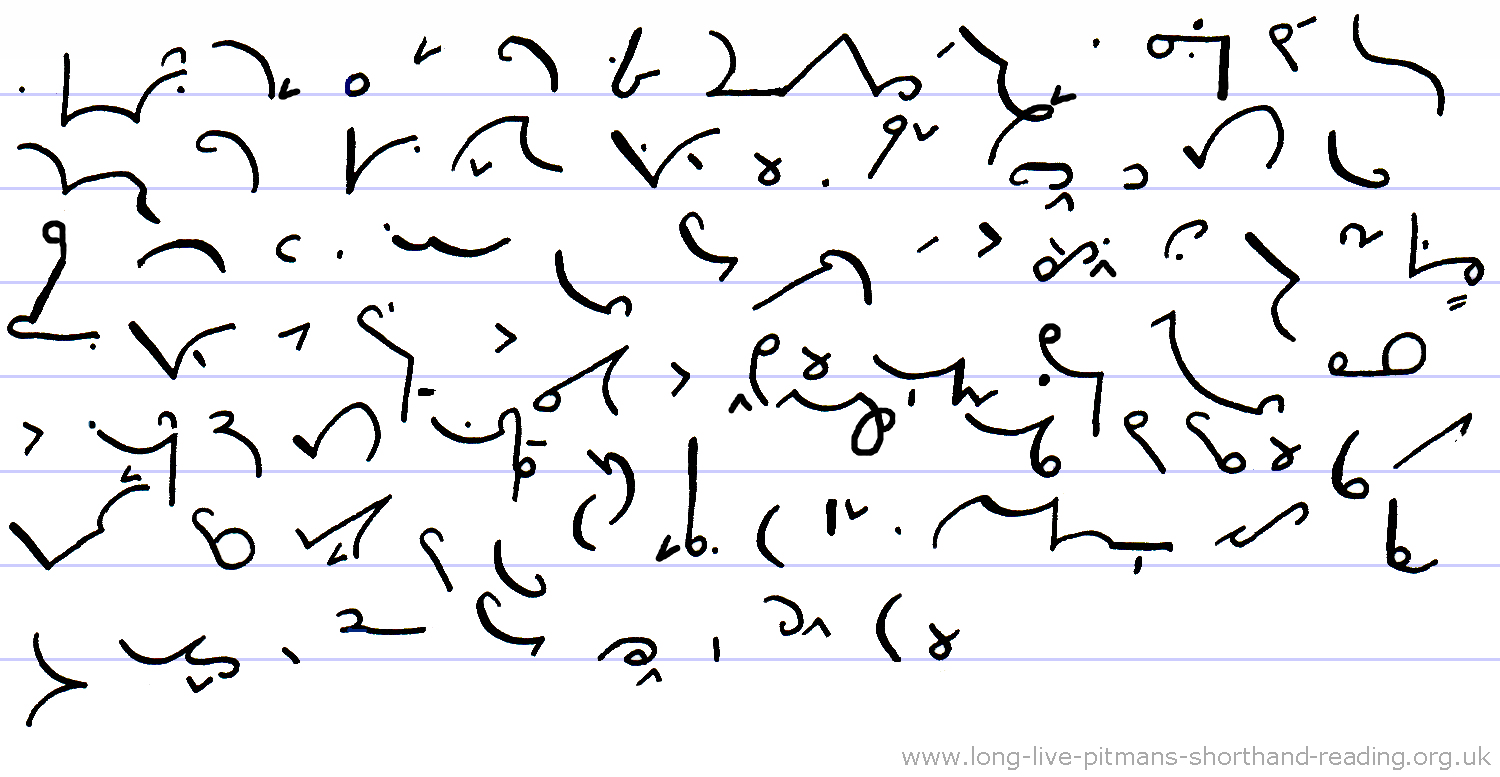
53. The tumuli area is on the very edge of the
escarpment, obviously a sacred spot far removed from daily life
below. The high ground would also have been strategically important
with a commanding view over the river and all the surrounding land,
both beyond the Thames below and the plateau of the heath to the south. No
doubt the safety and future success of the community were also entrusted to their deities and ancestors in this special
place. These are the burial* places of real people, even though they
died a long time ago, and one does not feel inclined to walk over
the mounds but around them.
* "burial" Special outline with
upward L, to help distinguish it from "birth"

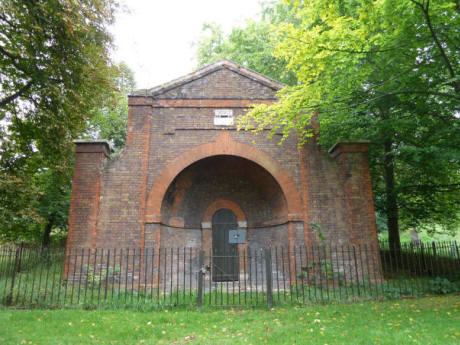
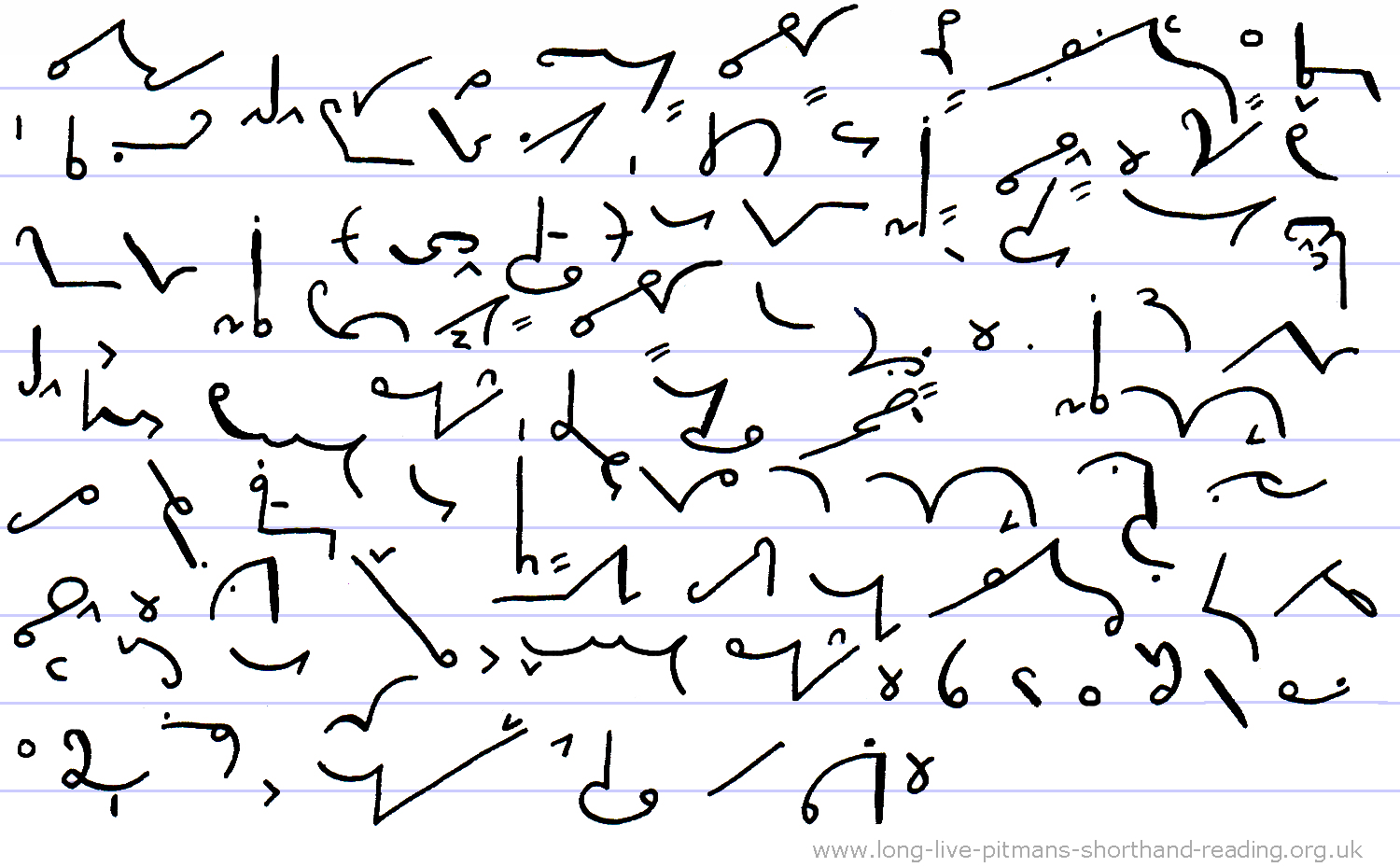
54. Halfway down the hill is the Greenwich Hospital
Standard Reservoir, as described on its carved plaque above
the arch, but it is also called the Conduit* House. There are several
brick-built conduits* (underground tunnels) in the park, to channel
the natural groundwater down to the former Royal Hospital for Seamen. The
conduits were rebuilt at the end of the 17th century but it
is possible that the* engineers re-used earlier ones, possibly
constructed for the Tudor palace or earlier
medieval manor houses.
Lead pipes carried the water into the reservoirs, which were*
replaced with iron in the middle of the 19th century. This building
is all there is to be seen, as there is no access to the
interior and the tunnels are sealed.
*
"conduits" can also be pronounced without the diphthong = "kondits"
* Omission phrase "it is poss(ible)
that the"
"which (w)ere"
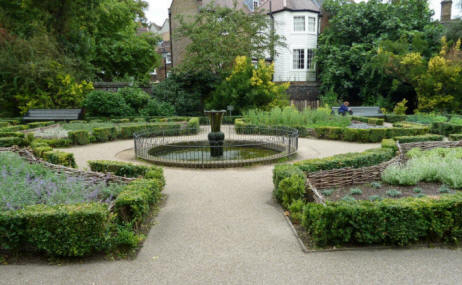
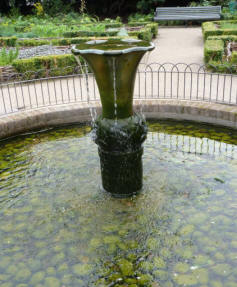

55. At the bottom of the hill is the herb garden,
with traditional box hedging compartments filled with culinary
and medicinal herbs. Interestingly the inside edges of the hedging
are lined with woven hurdles, giving the shapes a neater appearance
and probably reducing the amount of clipping necessary. In the
centre there is a small circular pond with fountain, which is full of large
pebbles, all covered in a thin coating of bright green algae*, although the water is clear.
From a
distance it looks like the pond is filled with water lily leaves.
This is a good place to rest before proceeding to the museums and
the village.
* "algae"
The singular "alga" (downwards L) and adjective
"algal" both have hard G sound. The Ell on "algal" goes upwards to allow it to join the hooked
stroke

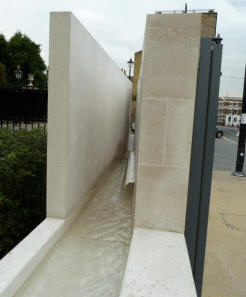
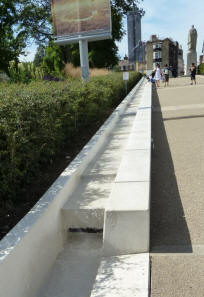
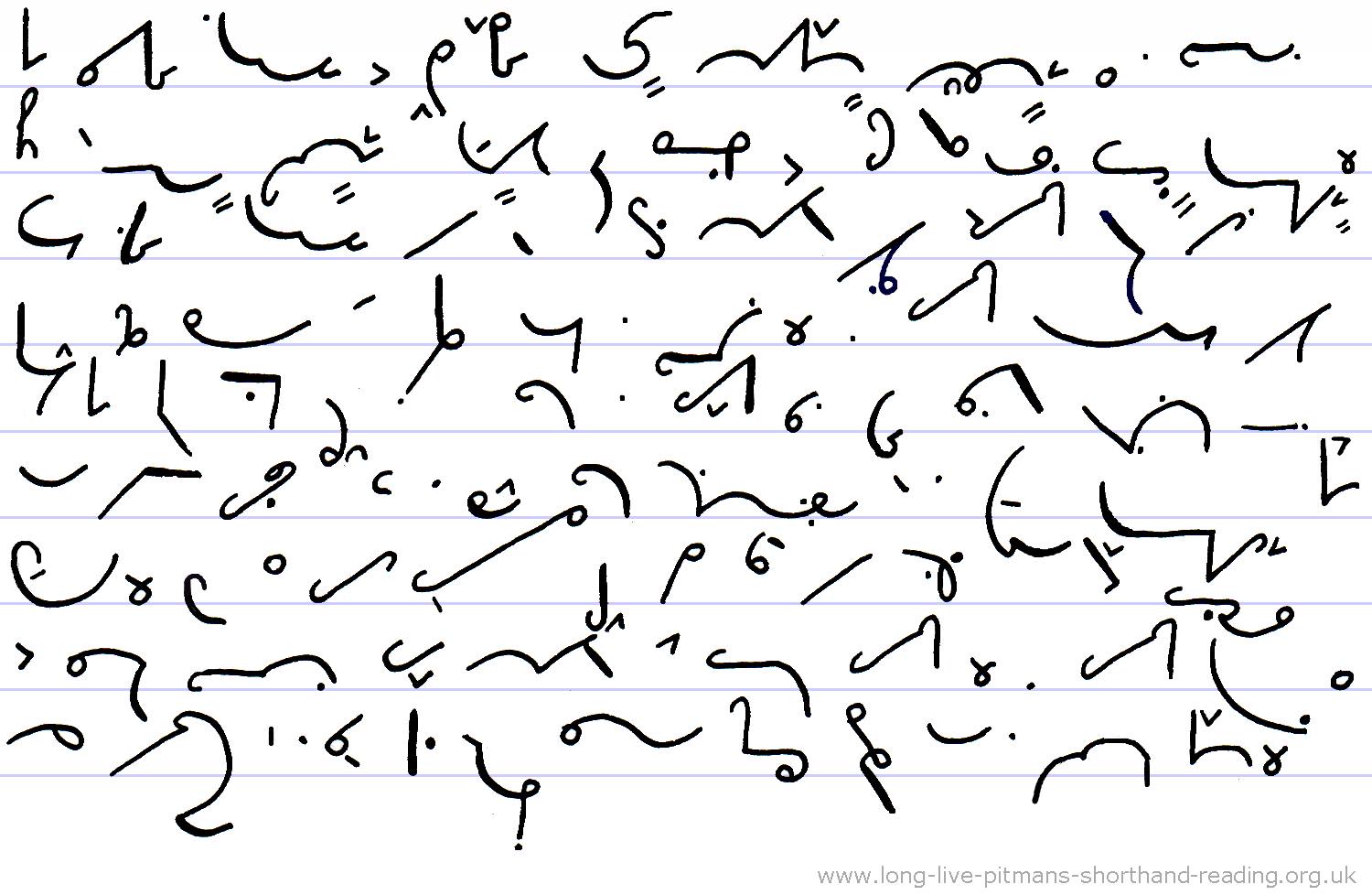
56. At the head of the avenue to the south side of
the National Maritime Museum is a granite* statue of King William
IV,
who was succeeded to the throne by his niece Queen
Victoria. Along
the edge of the avenue are two plain marble rills of water, both
running downhill towards the centre and discharging into a grille.
The water entering the rill at the top gate issues* from a wide slit
within the slab pillar, coming in regular waves with a
sound very reminiscent of a thundering Victorian toilet flush.
However, as one wanders down, such thoughts are erased by the
cleanness of the smooth creamy* white marble and the clear water. The
water feature is most refreshing on a hot day of visiting
as many
attractions as possible in a limited time.
* "granite" The outline for
"garnet" uses Ray
* "discharging"
Optional contraction
* "issues" If you
prefer to use the Ish pronunciation (ishoos), insert the vowel so it
is not misread as "shows"
* "creamy" Insert the vowel, as
"cream white marble" would also make sense
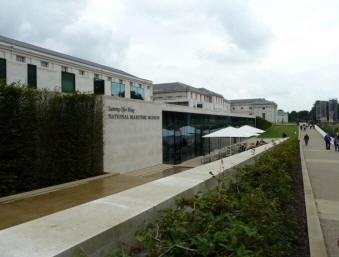
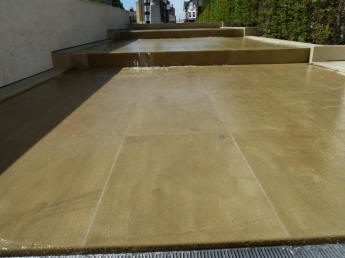
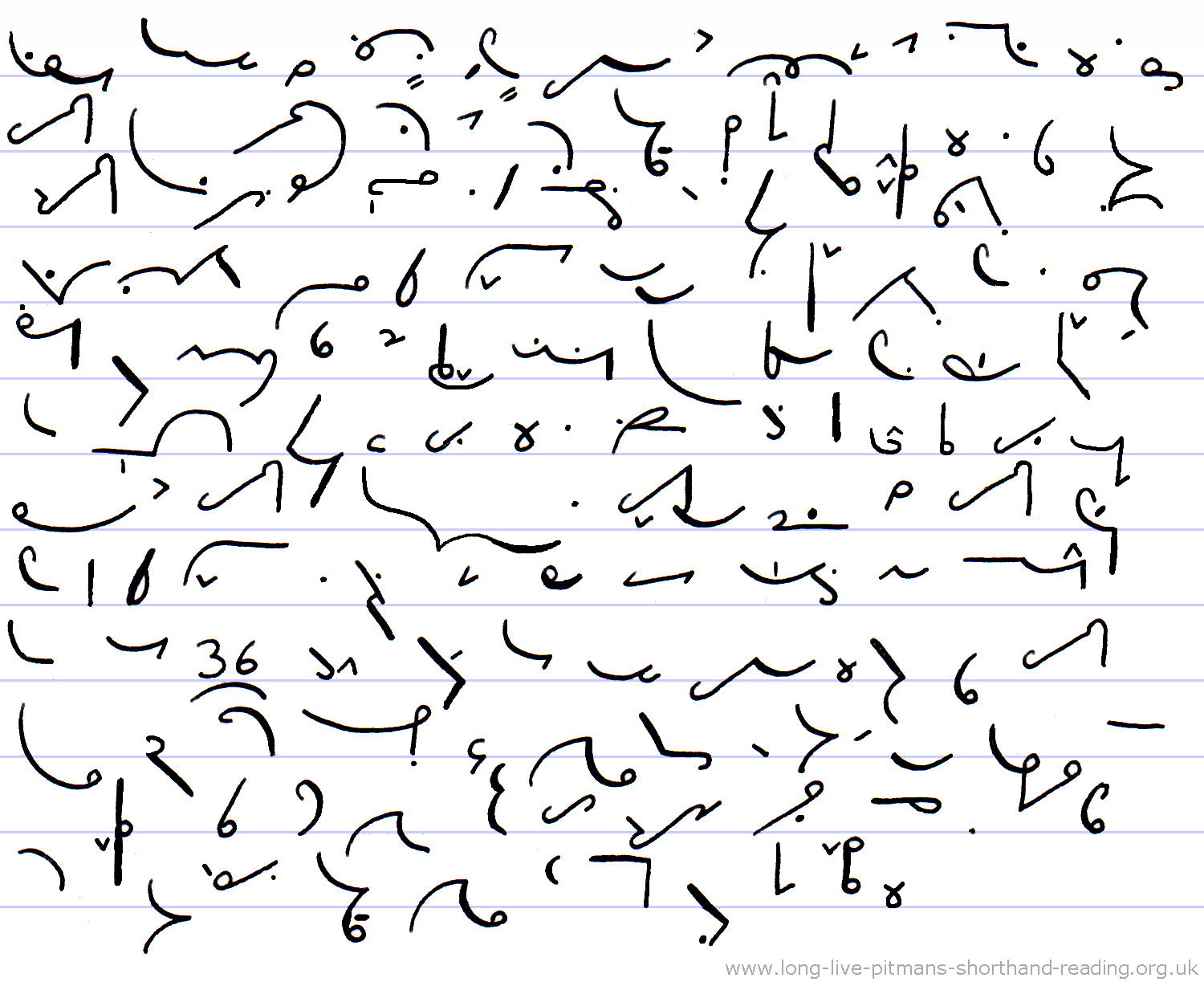
57. Facing the avenue is the Sammy Ofer
wing of
the museum and the café. A second water feature refreshes
the air and the ear, for those* sitting at the tables
outside. A thin film of water running across a large expanse of
gently sloping pale marble looks just like the incoming tide
rippling over a smooth sandy beach and I am sure that is what the designer intended, after testing every stone
type for colour
change when wet. An elastic band had found its way into the centre
of the water forming a widening wake as the water flowed over it,
just like a pebble on the sand - unplanned and not accounted for in
the £36 million budget for the new wing. Both these water features would be very
interesting when the leaves begin to fall, and young visitors can decide
which is their leaf that they want to win the race against the
others, or feel sorry for those leaves that get beached at the
sides.
* "for those"
Essential to insert the vowel, as "those" is now out of position and
could be read as "these"
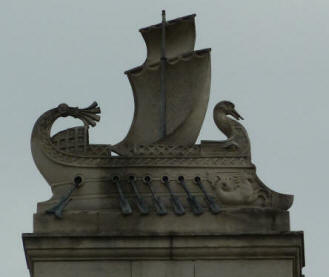
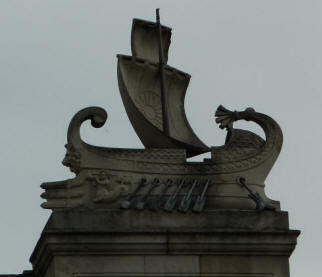
Battering ram warships on
the roofline of the front of the National Maritime Museum, smothered in symbols of
naval supremacy
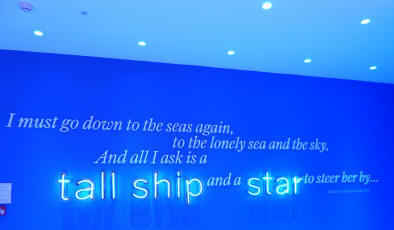
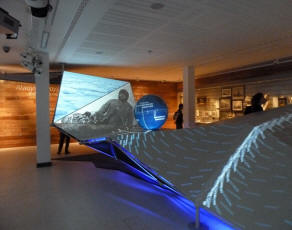
My 30-second movie showing the projection in
action:
Greenwich NMM Voyagers display WMV 2MB
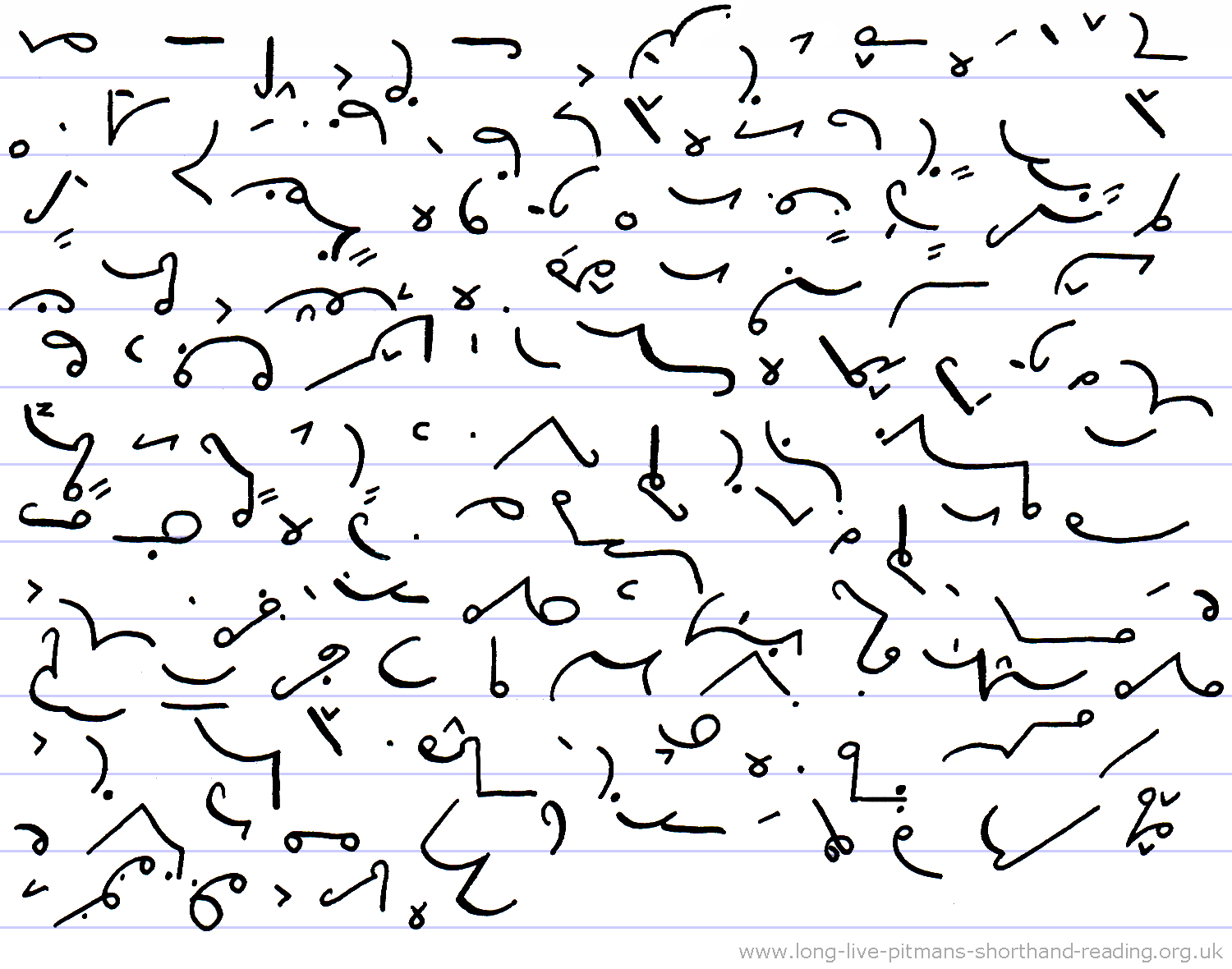
58. "I must go down to the seas again, to the lonely sea and the
sky. And all I ask is a tall ship and a star to steer her by."
– from Sea
Fever by John Masefield. This wall is in the Sammy Ofer wing which is the main
entrance to the museum. The spotlights in the ceiling look like the stars
that sailors relied on for navigation. Behind the blue wall is the room "Voyagers
– Britons and the Sea"
with a representative display of seafaring* artefacts* in glass cases. However, the most spectacular part is the display in
the centre of the room, a series of angled surfaces with illuminated projections
of pictures and words travelling in waves along its length,
representing the
undulating surface of the sea, accompanied by a
sound-track of sea noises. The
streaky* marks are words repeated over the screens, changing their angle
and positions as if they were highlights on the restless swells of the water.
* "seafaring"
Dictionary gives this as one outline, but this takes it too far into
the lines below
*
"artefacts" can also be spelled "artifacts"
* "streaky" Insert the final vowel as
"streak marks" would also make sense
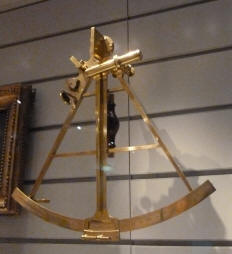
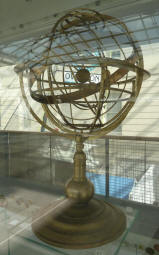
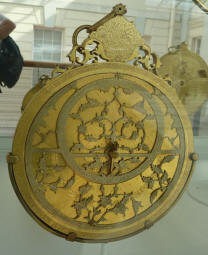
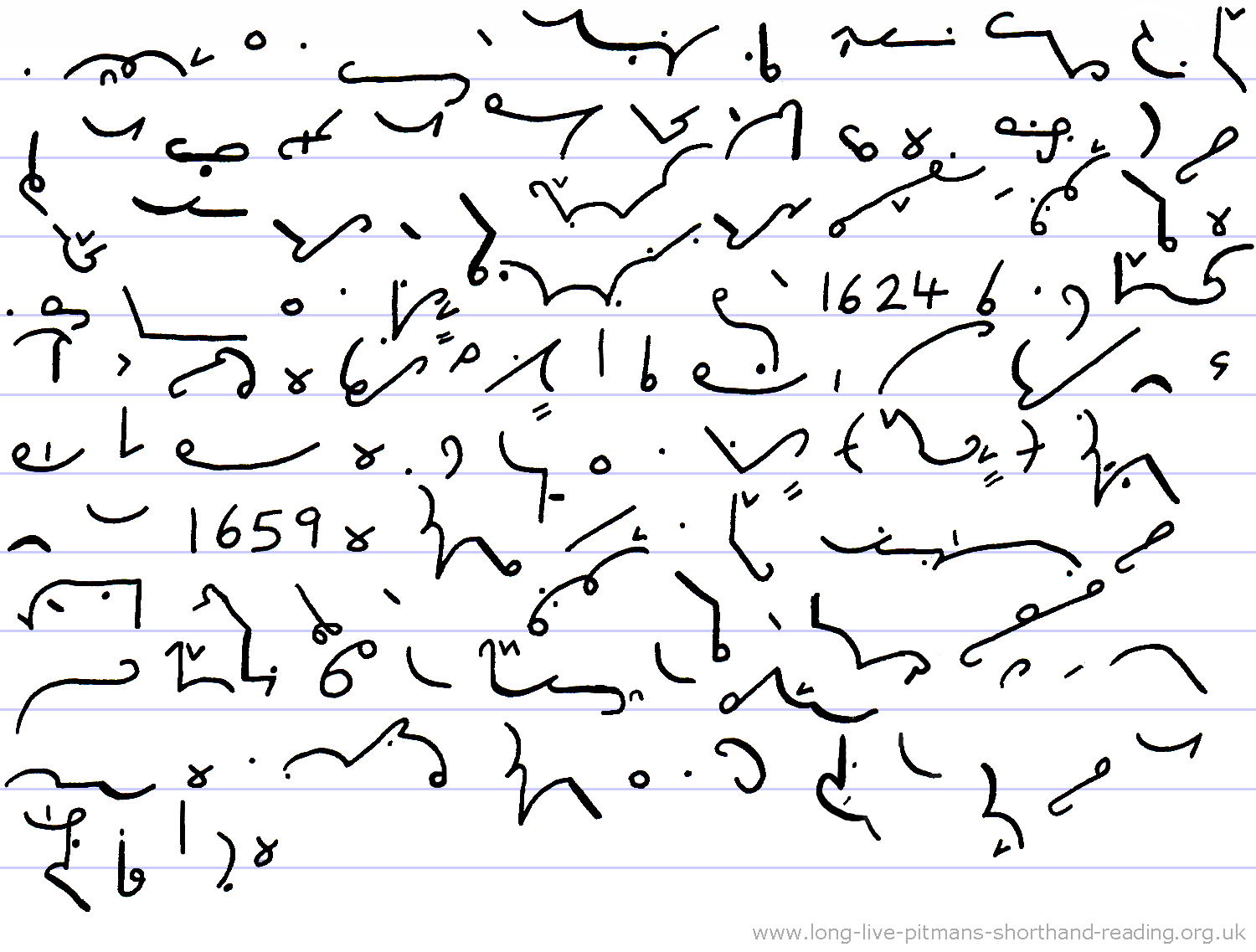
59. The museum has a collection of navigational aids and nautical equipment of
every type displayed in the glazed courtyard in the central part of the older buildings. The sextant was used to find the angle between two objects,
primarily between the horizon and celestial*
bodies. The second picture is an
Italian armillary*
sphere of 1624, which is a three-dimensional model of the
universe. This one has the Earth at its centre but later on they were made with
the sun at the centre. The third photo is a Persian (Iranian*) astrolabe made in
1659. Astrolabes are a type of inclinometer, used to locate and predict the
positions of celestial* bodies, to determine the user's location and time, as
well as for triangulation for surveying land and map-making. A mariner's
astrolabe is a version developed for easier use in the unstable
conditions at sea.
* "celestial" Omits
the T
* "armilla" means ring
or bracelet
* "Iranian" can also be pronounced "eye-ranian"
and you would join the I diphthong to the Ar stroke
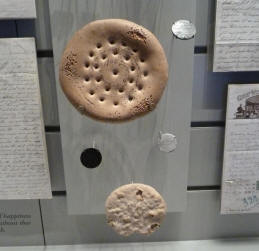 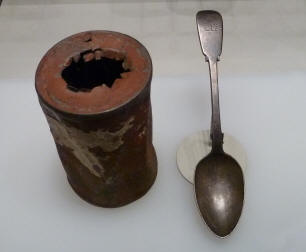
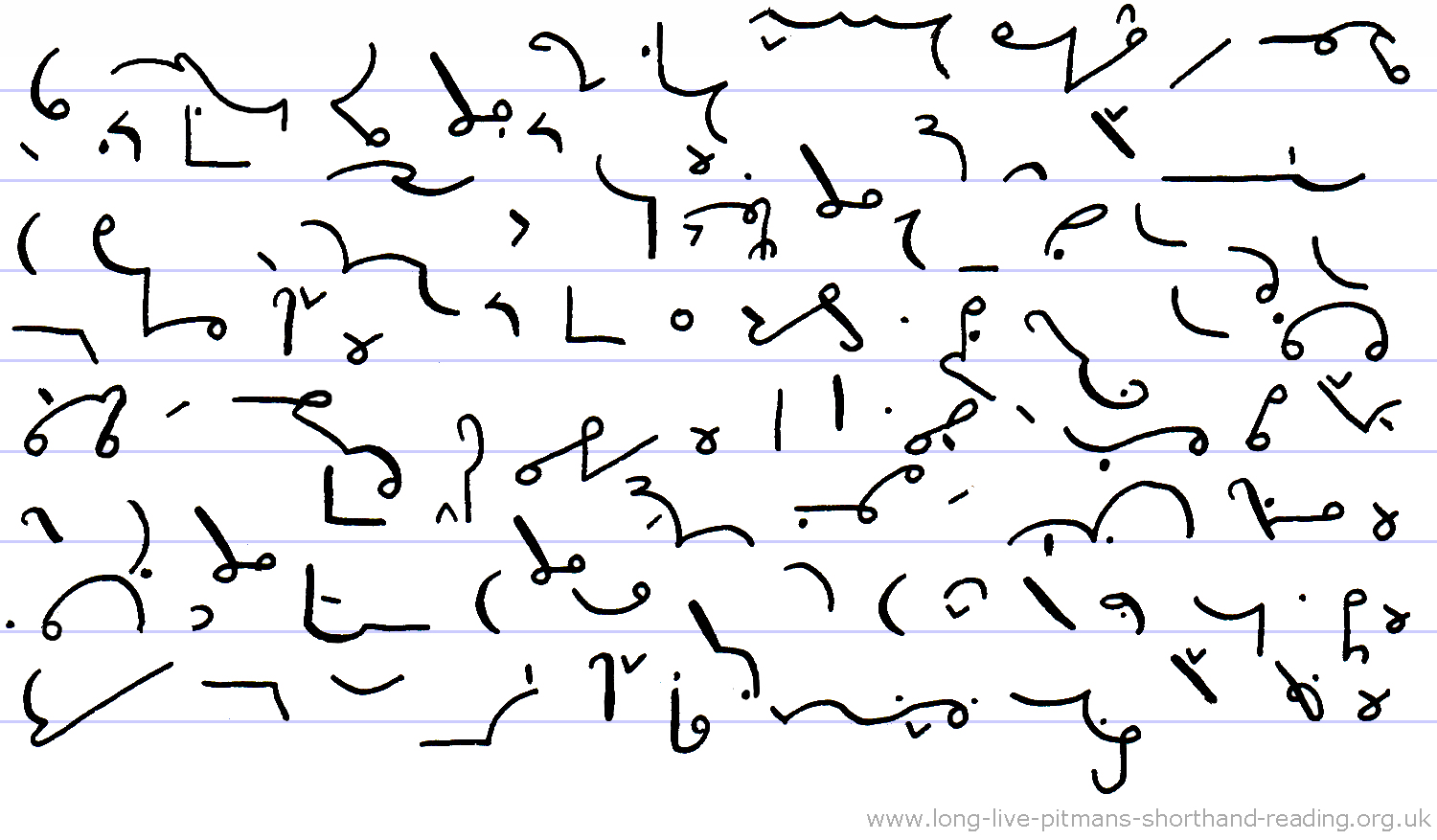
60. These imprinted ship's biscuits from the 18th and
19th centuries are examples of "hard tack"
meaning hard food. The
biscuits were made by cooking them several times to remove all
the moisture and they could last for years if kept dry. Hard tack
has always been a staple provision for sailors, soldiers and
explorers throughout history. It had a host of names such as pilot bread,
sea biscuits, dog biscuits, worm castles and molar
breakers. The sailor would dunk them in his beer or they might be
stirred into a stew. They were kept in cool dry conditions to
minimise infestation by pests.
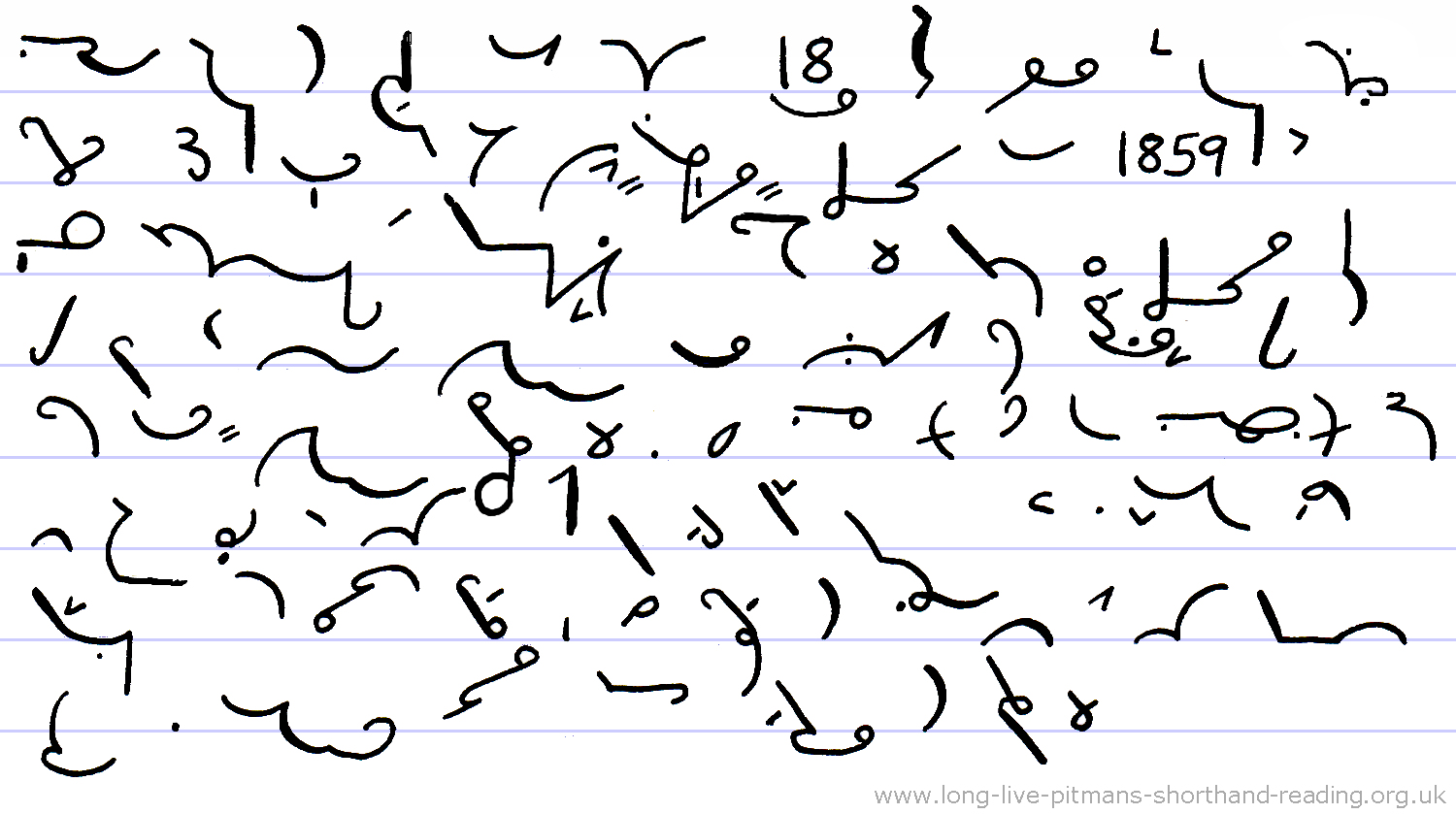
61. Canning of food was developed in the
early 1800's, although the reasons why the food remained preserved
were not* known until Louis Pasteur's* discovery in 1859 of the causes
of fermentation and bacterial growth. Before his discoveries, it was
generally believed that many living things emerged through
"spontaneous generation" from non-living substances. The first cans
(short for "canisters") were made of thick sheets of metal and had
to be opened by piercing with a knife, sword, bayonet or hammer
blows, but as the process was improved and the metal became thinner,
the invention and use of can openers was possible.
* "were not" Hook N and halving to
represent "not"
* "Pasteur's"
Thick dash written sideways to the stroke represents this
French vowel, similar to English "sir"
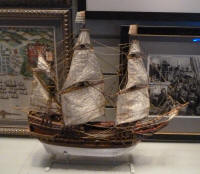
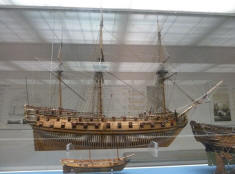
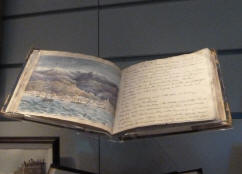
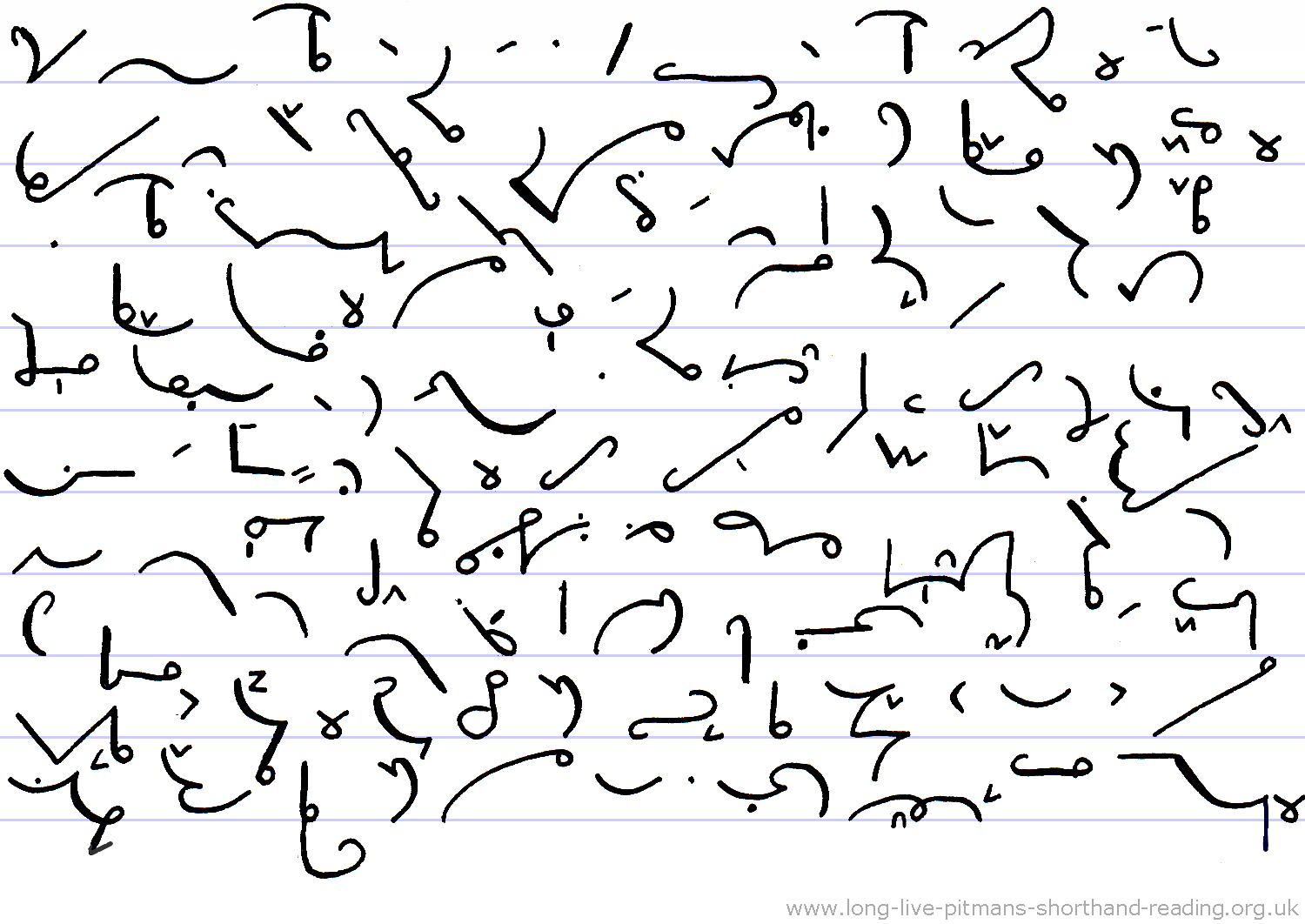
62. There are many models of ships, and a large
collection of model warships. Often these were made by prospective
shipbuilders* to illustrate their designs to their clients. The
models complemented* the paper plans and made it easier for both sides to discuss design features. Letters, notes and ship's
logs are also fascinating to see, and bring a human* touch when one
sees the faded brown ink and dog-eared pages. One wonders about the time that they were written, maybe scrawled down hastily
amidst storms, tumultuous battles or other difficulties, or maybe
composed at leisure during calmer and quieter periods of the voyages.
Whatever the circumstances of their creation, it is unlikely that
any of the writers envisaged the final destination of
their letters, in a naval museum glass cabinet.
* Omission phrase "shi(p) builders"
* "complement" means to make complete
(verb), the full amount (noun); "compliment" means to make comment
of praise or respect
* "human" Above the line, to
distinguish from "humane" on the line
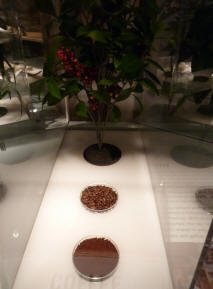
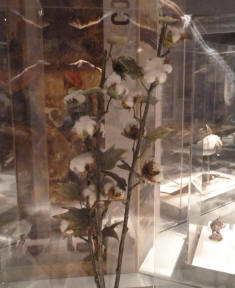
Trade: coffee and cotton
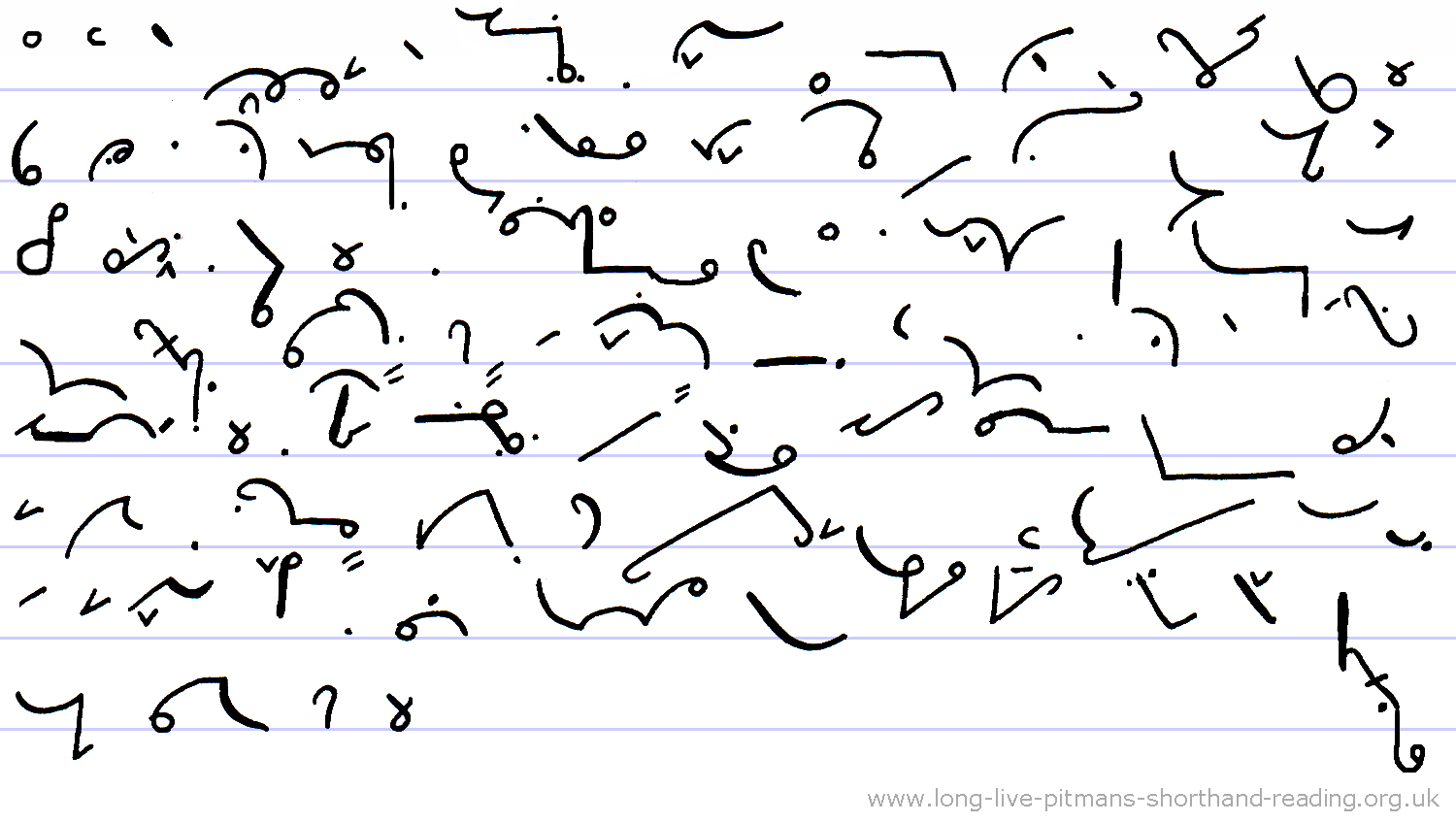
63. As with all museums of antiquities, the lighting
is kept low to preserve the pieces. This lends an air of mystery, as
if the absence of light matches our lack of full knowledge of all
the circumstances surrounding the objects. The semi-darkness,
however, has an entirely different effect in the room portraying
Slavery, Trade and Empire, giving that room an air of oppression and
gloom. The majority of the exhibits are paintings, and one
sympathetic picture shows, on the left, the* Africans helping their
European visitors when they were in need, and on the right hand side
the same families being torn apart by deportations into the slave
trade.

64. Selling into slavery originated as a means of disposing of
criminals and defeated enemies, and grew to become a
lucrative trade
in its own right. In one cabinet are the various locks and shackles worn
by the slaves and the fact that these are not reproductions* brings
the cruelty of the practice even closer. One searches the captions
of the portraits in order to* single out the perpetrators and
beneficiaries of the trade, from those who tried to bring some
justice to bear. Exiting the room into the bright corridor is a
relief, stepping out of history into the present day
once again*.
* "left the"
Not using Tick The, as there is pause between the two words
* Omission phrases "and the (f)act
that" "in ord(er to)"
"wu(n)s again"
*
"reproductions" Contraction on the line. Reproduce/s/d/ing is a
normal outline written through the line
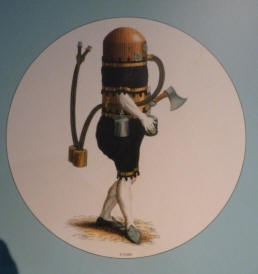
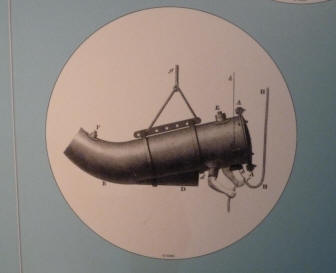
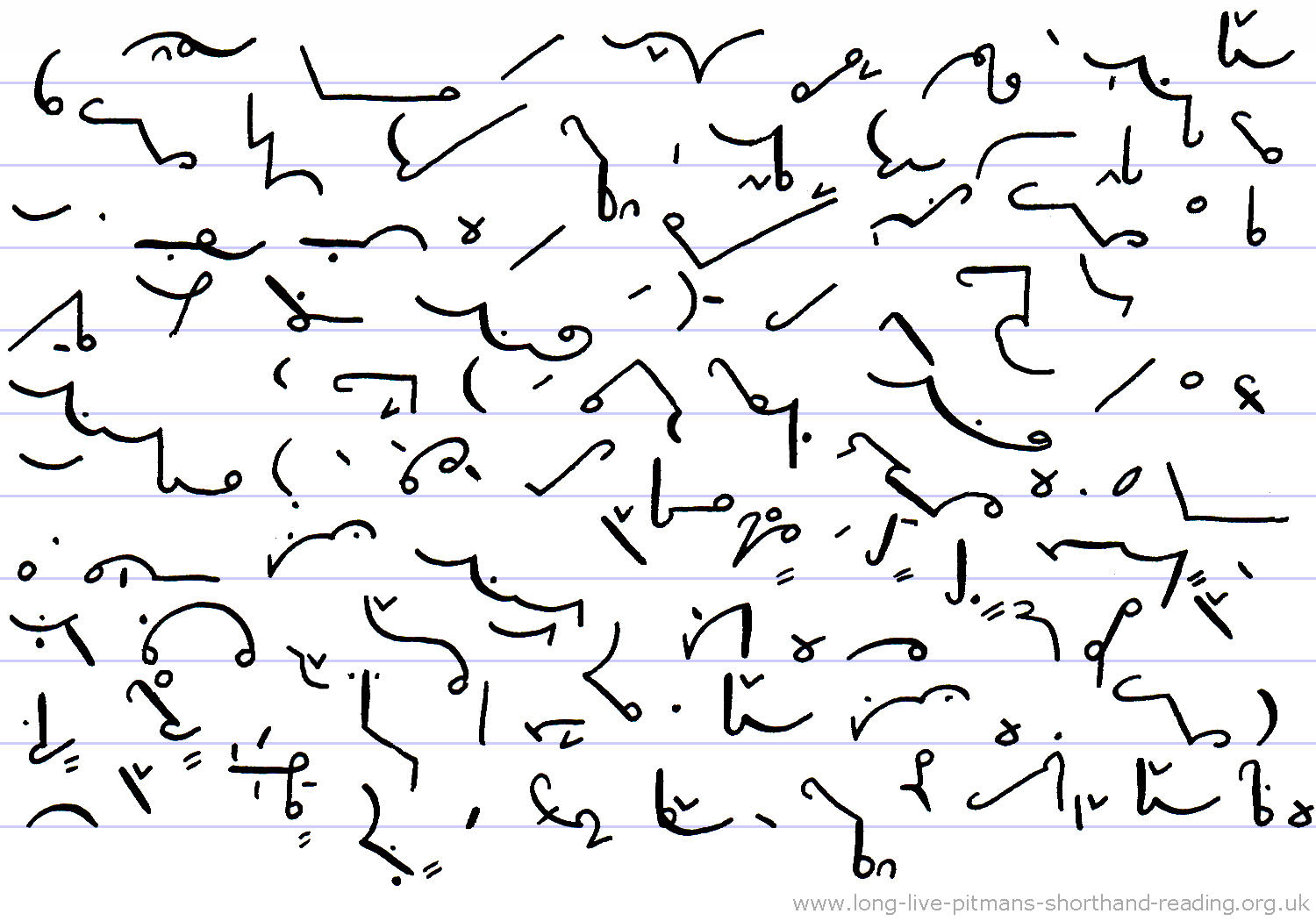
65. These amusing* pictures are entirely serious
illustrations of innovative diving equipment at the time they were
produced, but nowadays they would not look out of place in a guessing
game. Our superior modern equipment has its roots in such basic
inventions, and so we should be grateful for the inventiveness that
created them, and hope that present-day inventors* are as
bold in
thinking of solutions to our own difficulties and problems. The first
picture is a smoke helmet, invented by Charles and John Dean of
Greenwich, to enable sailors to fight fires in the ship's hold.
Improvements were suggested by Edward Barnard who adapted* it to
create a diving helmet. The equipment was improved by Augustus Siebe* who furthered the design to produce standard watertight diving
dress.
* "amusing" "amazing"
Always insert the middle vowel
* "inventors"
Keep the N Hook clear, so it does not look like "innovators" which
has a similar meaning
* "adapted"
Always insert the second vowel in this and in "adopted" and their
derivatives
*
"Siebe" Using stroke Zee to follow the German pronunciation of the surname
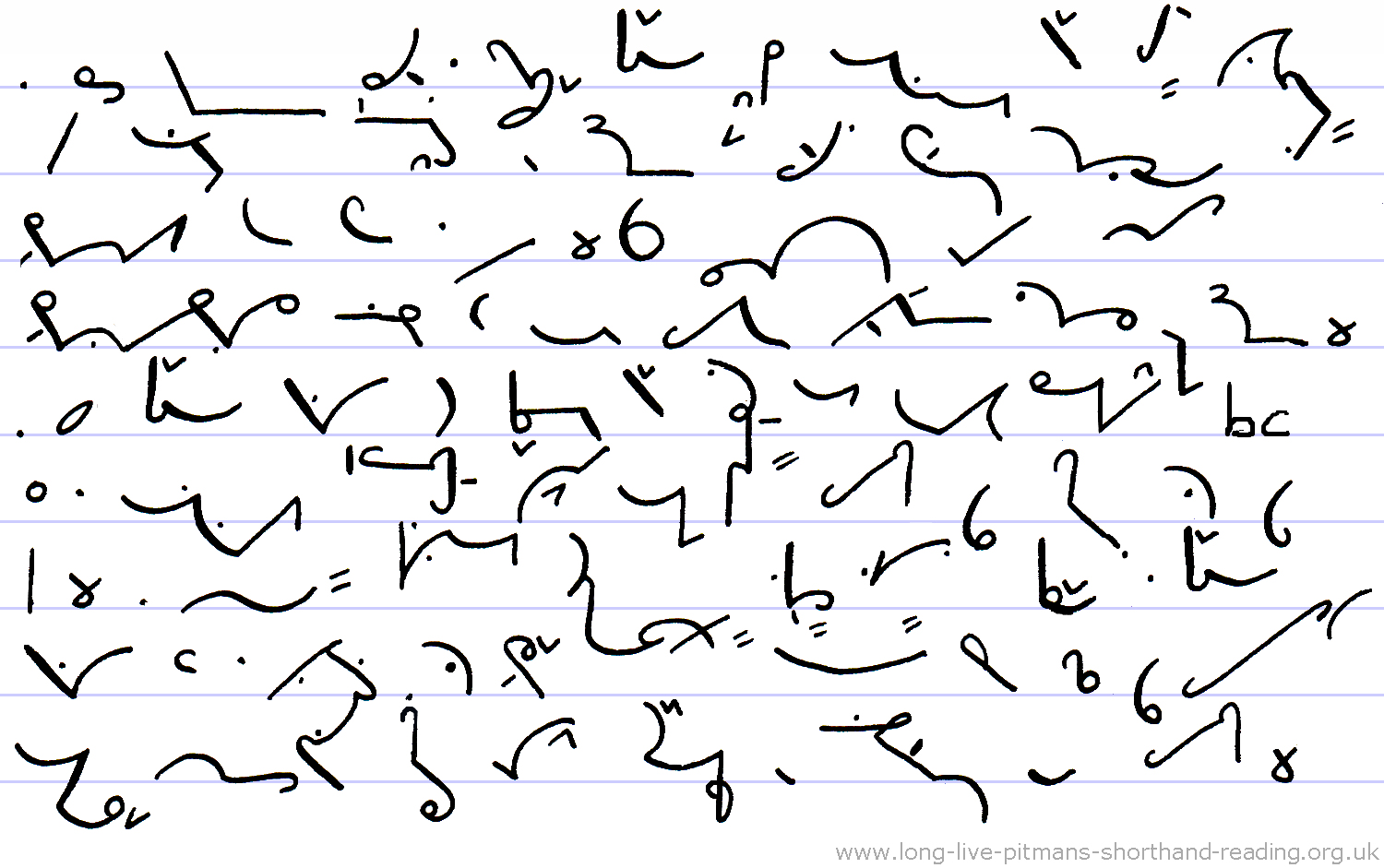
66. The second picture shows a pressurised diving suit, invented
by John Lethbridge, which enabled the occupant to work on the ocean
floor, remaining submerged for over an hour. This is similar to
our modern submersibles except that now we have robotic arms to do
the work. The first diving bell was described by Aristotle in the
4th century BC as an inverted cauldron lowered into the water, thus
trapping air within it. The many-talented Astronomer Royal
Edmond Halley designed a diving bell with a replenishable air
supply, another step towards these wonderfully*
ingenious mechanical
contraptions* to allow scientists to explore under water.
* "wonderfully" The
short forms covers the -ly version, but necessary here to add an L
to ensure correct reading, as "wonderful" would also make sense.
*
"contraptions" The shun hook is placed
to balance the stroke Tr
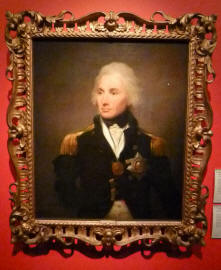
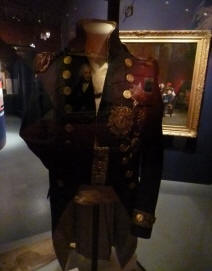 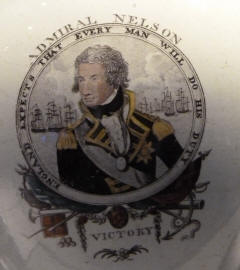
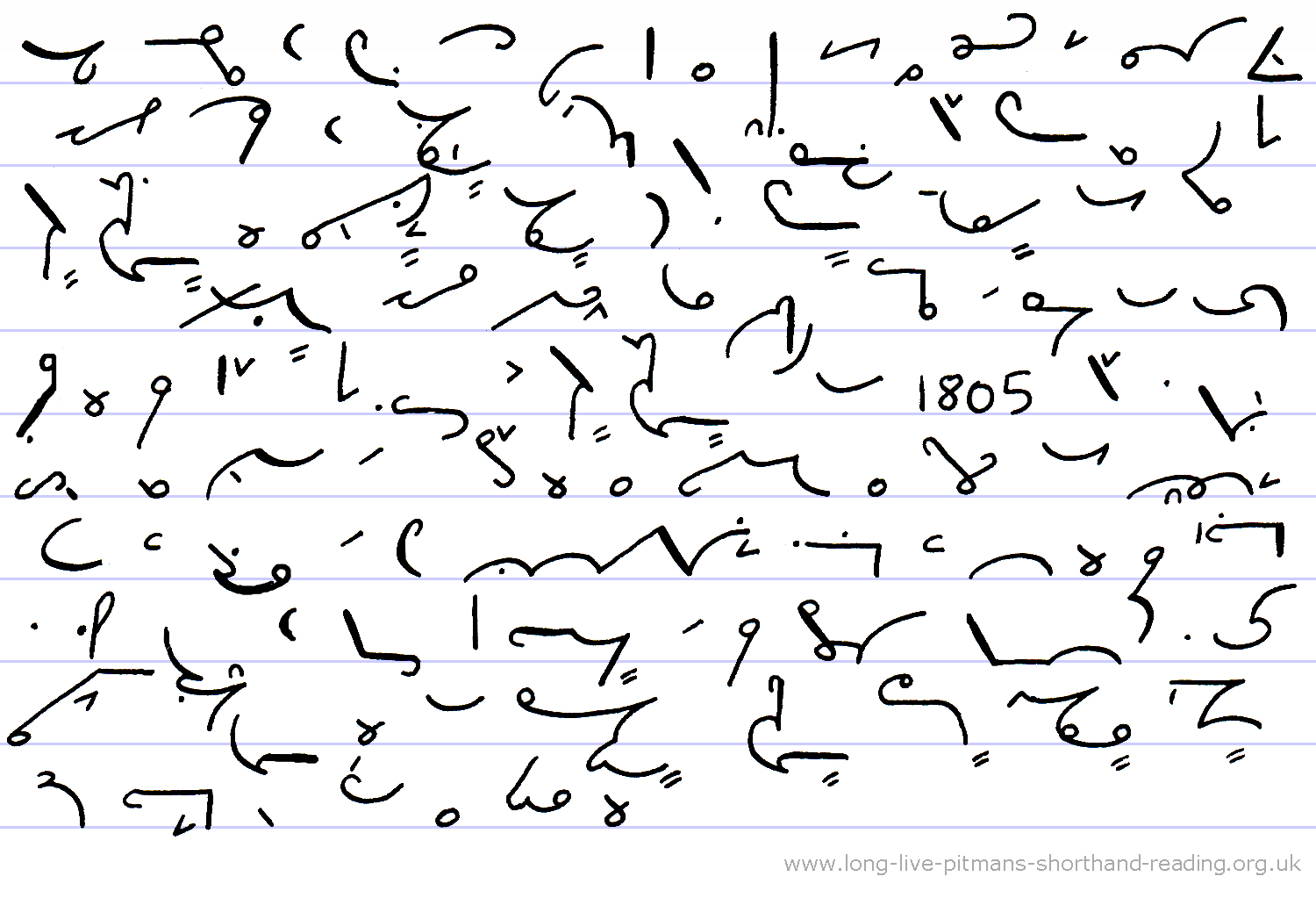
67. "England expects that every man will do his
duty" is the inscription on the small jug and was the message that
Nelson ordered to be signalled by flag to his ships at the Battle of
Trafalgar. Horatio Nelson was a Flag Officer in the Royal Navy, and
was renowned for his leadership qualities and skill in naval
strategy. He died at the conclusion of the Battle of Trafalgar in
1805 by a bullet wound to his lung and spine. His uniform is
preserved in the museum, along with paintings and other memorabilia
connected with him. He was accorded a state funeral that began at
Greenwich and he subsequently became a national heroic figure. In
Central London, Trafalgar Square and Nelson's Column were created to
honour his achievements.
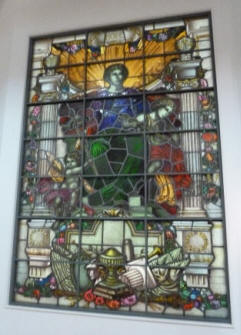
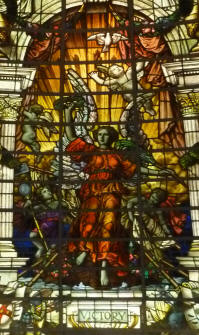
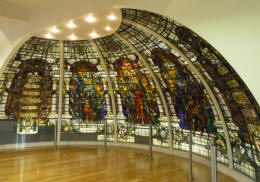
Hope - Victory - Half dome with
Victory in the centre
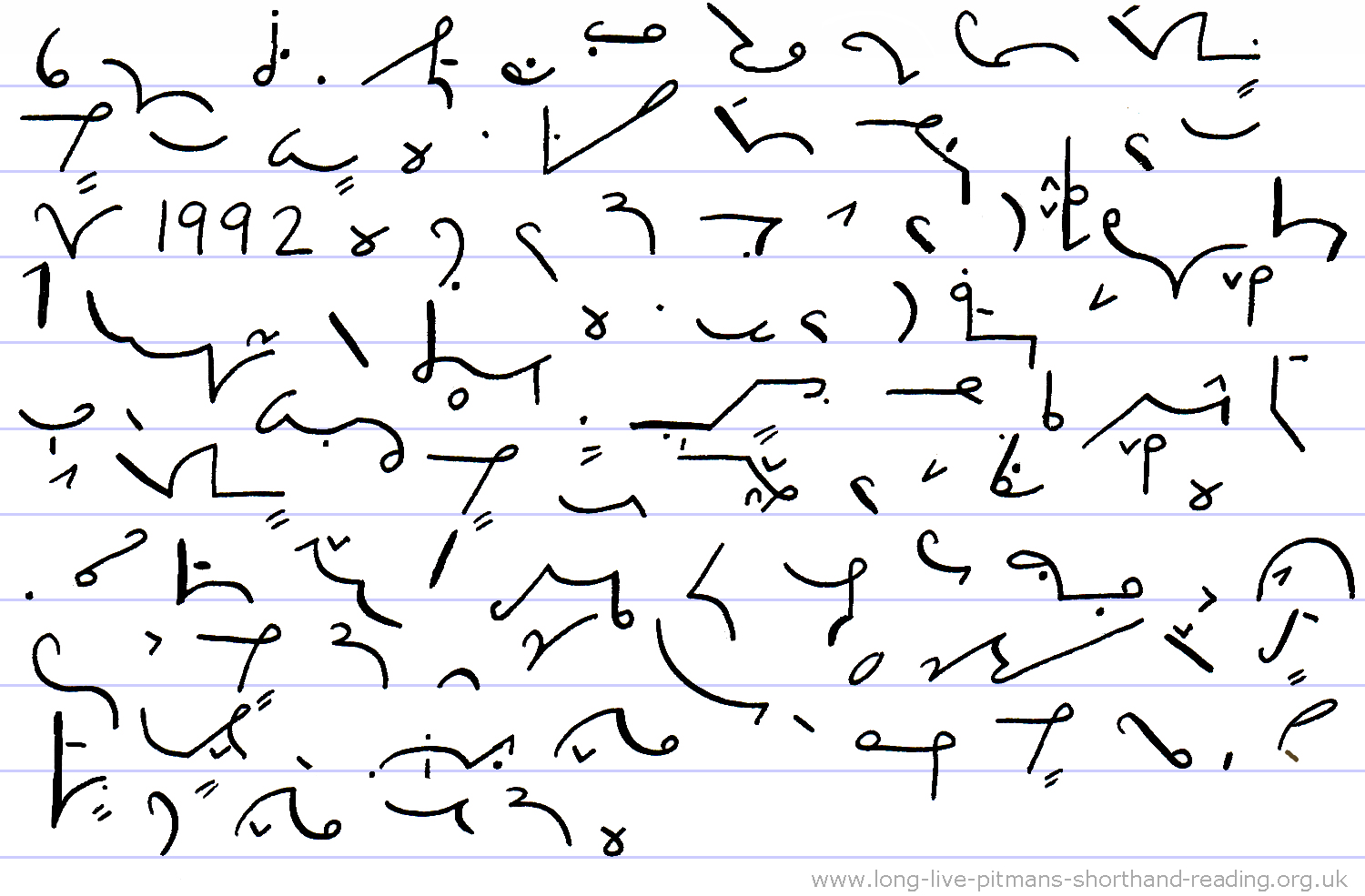
68. This room contains the restored stained glass
panels from the former Baltic Exchange in London. A terrorist* bomb
exploded outside the building in April 1992. Three people were
killed and the building was severely damaged and had eventually to
be dismantled. A new building was constructed on the site, known to
Londoners as "the Gherkin" because of its rounded top, and the
Baltic Exchange now occupies the building on the adjacent site. The
half-dome and five large windows, which were*
installed over the staircase to the lower floor of the Exchange,
were made shortly after the First World War by John Dudley* Forsyth
to commemorate* the lives of 60 Exchange members who lost their lives
in that war.
*
"terrorist" Keep the two Rays long, so it does not
look like "tourist"
* Omission phrase "which (w)ere"
*
"commemorate" Note only one M stroke is written
* "Dudley" Names often have full
strokes for greater clarity and placing of vowels
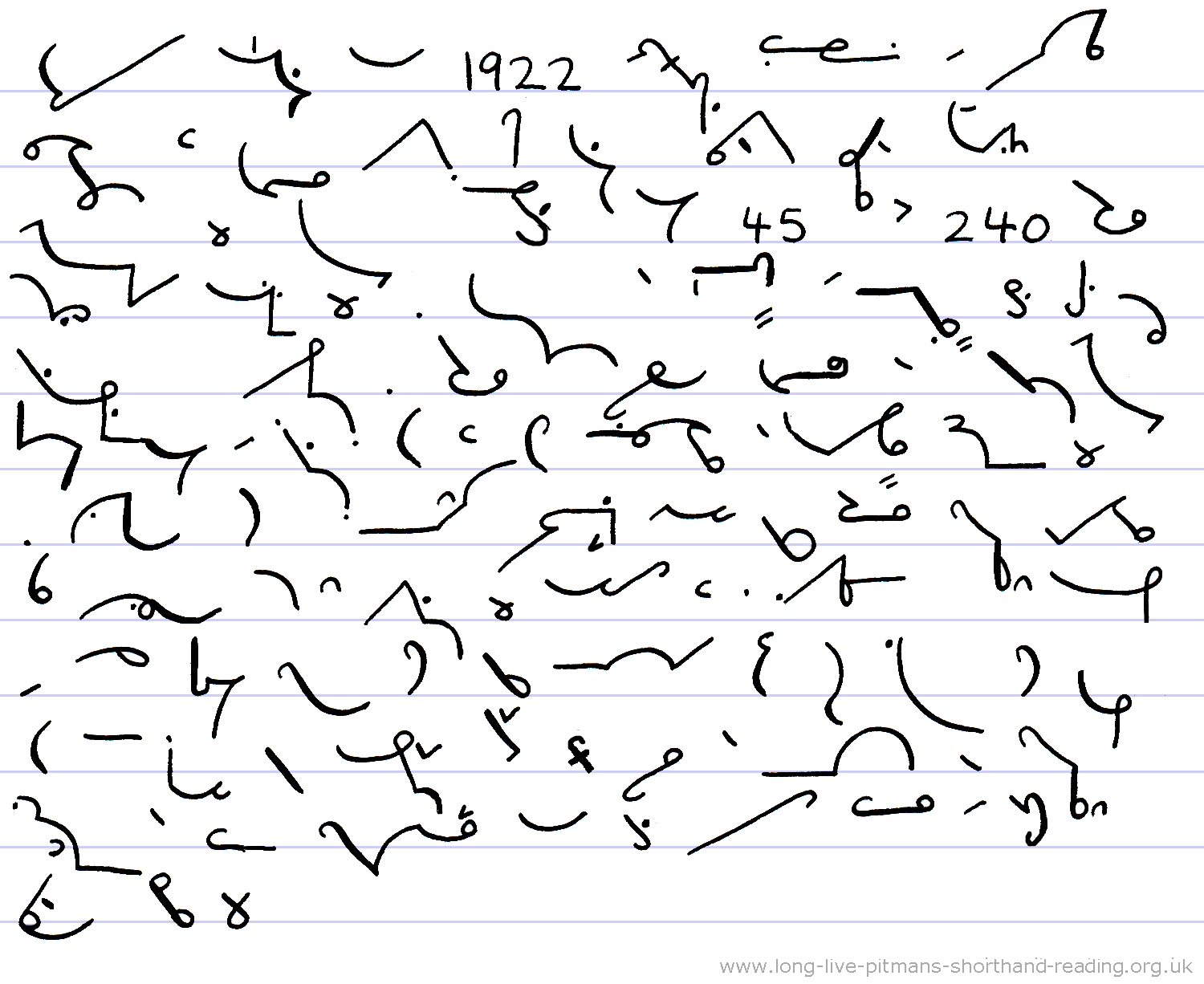
69. They were unveiled in 1922 and portray classical and
religious symbolism, with figures representing Truth, Faith, Hope,
Justice, Fortitude and Victory. After the explosion, only 45 of the
240 panels remained intact. The firm of Goddard and Gibbs spent ten*
years painstakingly restoring the panels, using photographs of
before and after the damage, and comparing them with other examples
of Forsyth's work. The leading*
was accurately recreated and new
pieces of glass produced to replace those missing or beyond repair.
Anyone with an artistic interest should most definitely bring their
best camera with them, so that after their visit they can continue
to be inspired by the bold use of colour, to produce artwork of equal
brilliance, in paint rather than glass, and of their own chosen
subjects.
* "ten" Always
vocalise the outline, or write numerals, to distinguish from
"eighteen"
* "leading" Pronounced "ledding"
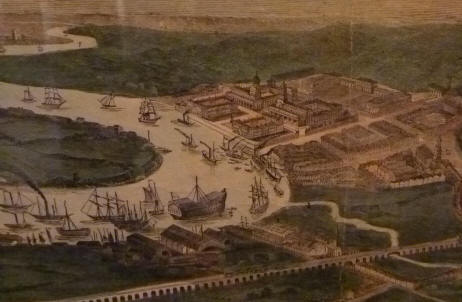
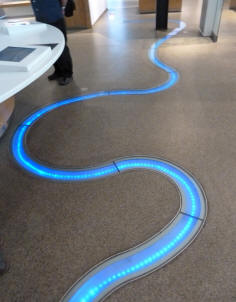
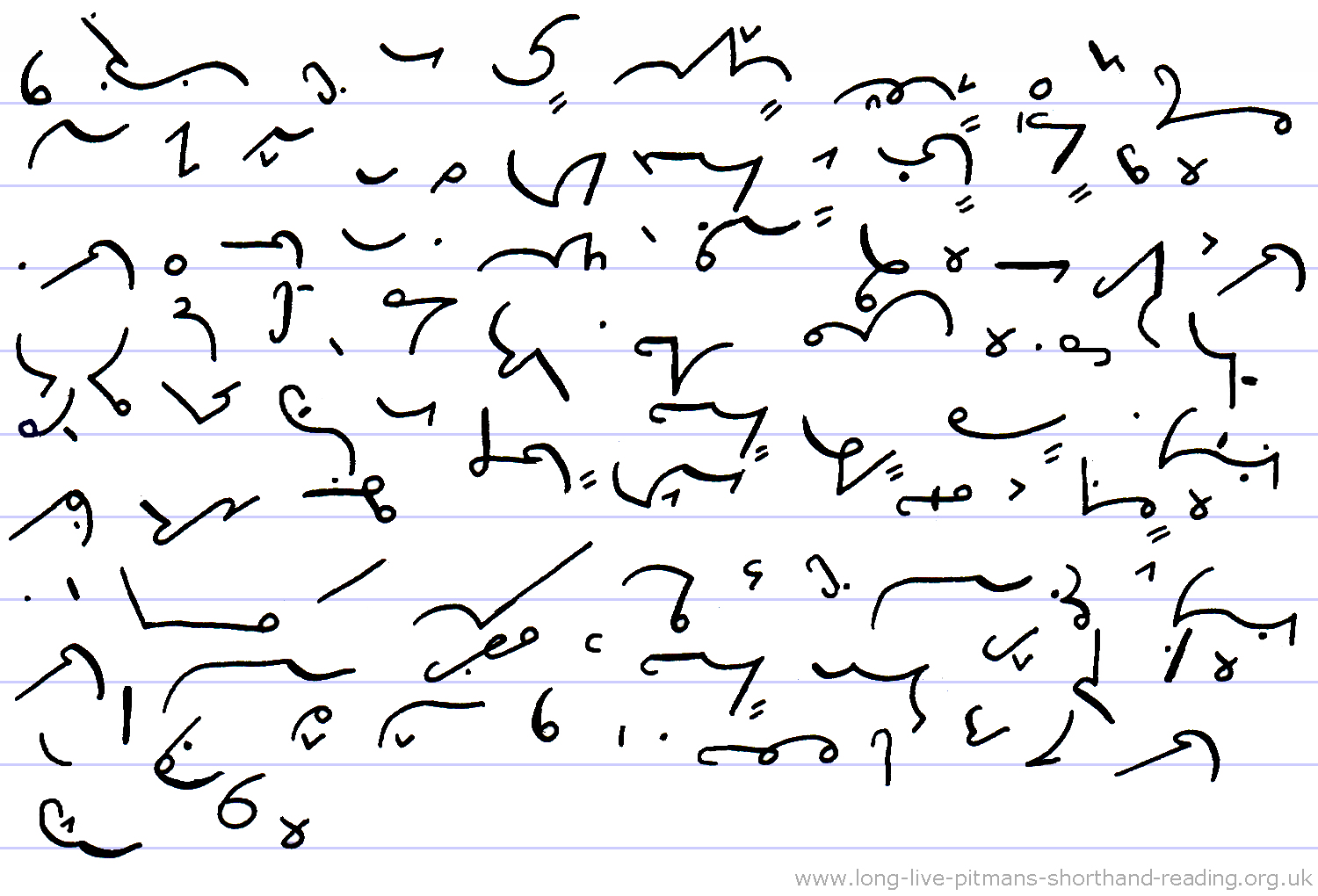
70. This panorama print in the National Maritime
Museum is about three metres long, and at the right hand end is the
village of Greenwich and the Naval College buildings. The river is
covered in a multitude of sailing vessels. Given the width of the river, if the
ships were drawn to scale they would be a great deal smaller. The
second photo shows part of the floor in the Discover
Greenwich Visitor Centre, an illuminated
recess between the exhibits following the course of the Thames. The two pictures are
mirror images, with the print looking eastwards, and the illuminated
river looking westwards, with Greenwich underneath the white table edge.
If it had chasing lights, like those on a Christmas tree, that
would show the river flowing as well.

71. The model shows the Palace of Placentia on the
riverfront. Excavations in 2005* revealed the remains of a tiled
chapel and vestry* floor. The vestry* was converted into a house for
the Treasurer of Greenwich Hospital but nothing remains of the
Palace. The most interesting part of the model is the water which looks very realistic and is
much more attractive than the real thing a short distance away,
cold, grey and laden with silt and mud. The Visitor Centre is located between the Cutty
Sark and the Naval College buildings. It is a mini museum with a learning centre, shop and
restaurant. (2824 words)
* "2005" Long slash to represent
the current century, arbitrary sign with no phonetic value
* "vestry" Special outline, using
the Ster loop for convenience
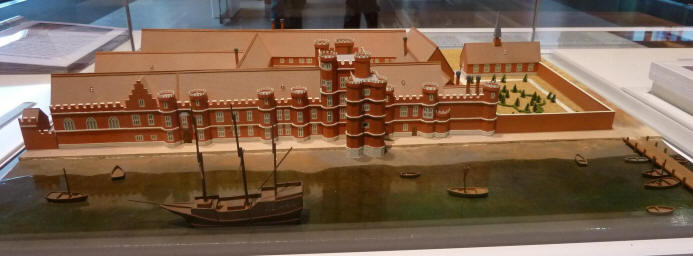

|
